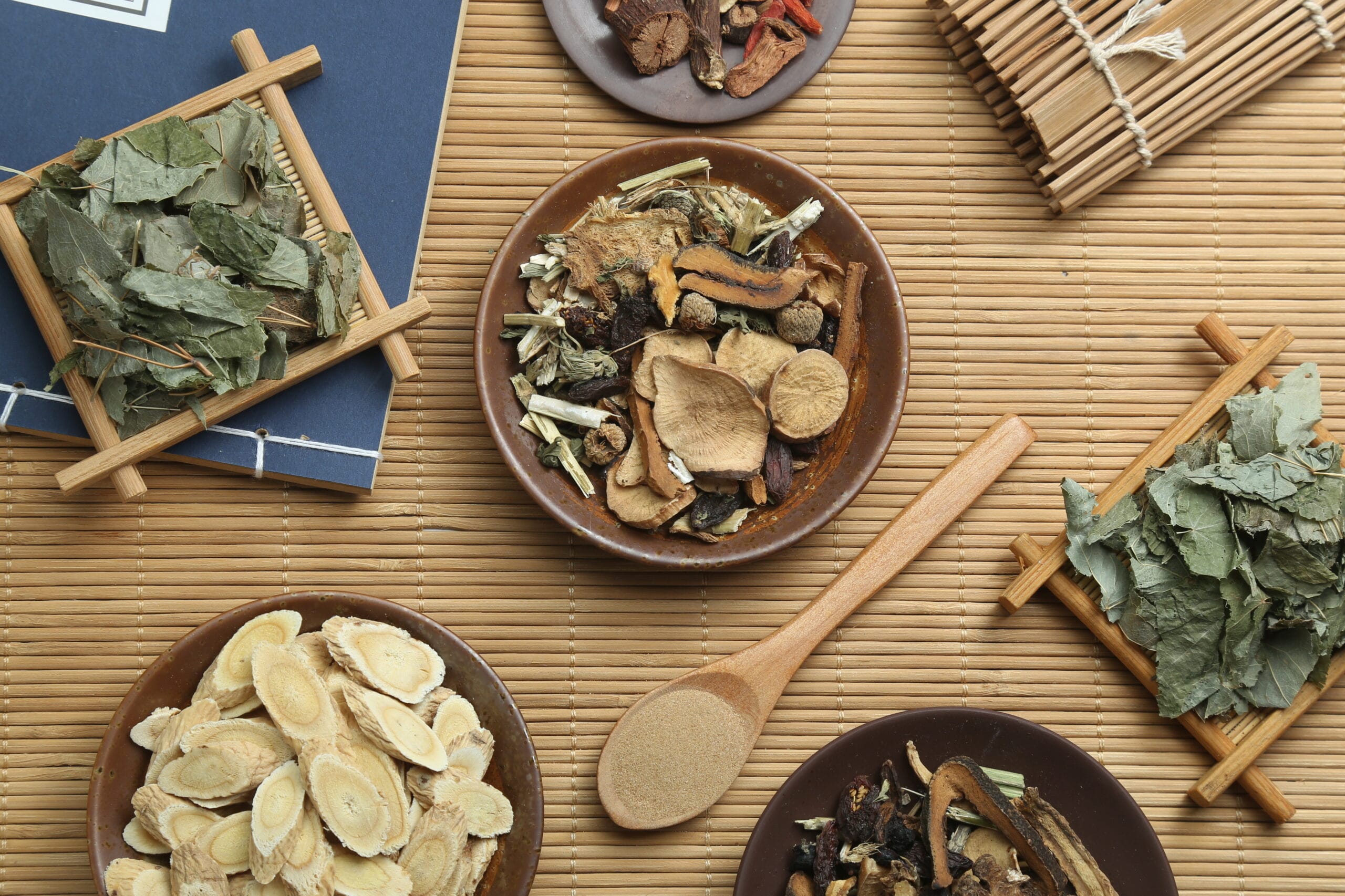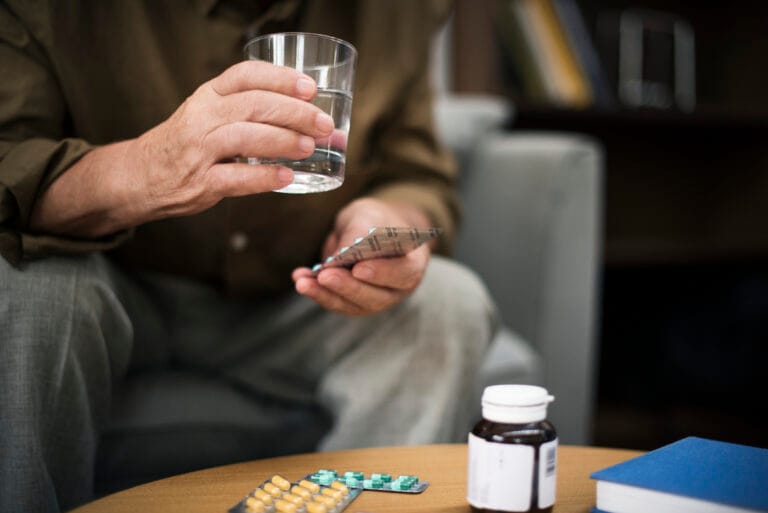
Here’s How to Know Which Traditional Medicines Are Safe to Consume!

- What Is Traditional Medicine and Why Do People Still Use It?
- 3 Types of Traditional Medicines Based on Scientific Evidence
- Ensuring the Quality, Safety, and Efficacy of Traditional Medicines
- The Risk of Pharmaceutical Chemicals (BKO) in Traditional Medicines
- Thin Layer Chromatography (TLC) as a Simple Detection Method
What Is Traditional Medicine and Why Do People Still Use It?
When you are sick, have you ever used natural ingredients commonly found in your kitchen, or purchased herbal-based medicinal products? If so, then what you consumed is classified as traditional medicine. But do you know what type of traditional medicine you were using? Besides its classification, are you also confident that the traditional medicine products you bought on the market have been ensured for their safety? If you are not yet familiar with this and would like to learn more, let’s take a look at the explanation in the following article.
3 Types of Traditional Medicines Based on Scientific Evidence
Traditional medicine refers to materials or a combination of several materials derived from plants, animals, or minerals that have been traditionally used by communities across generations and are believed to treat certain diseases based on community experience or belief. However, with the current development of more scientific and modern approaches, some traditional medicines have undergone testing on animals and even humans. Compared to synthetic drugs, traditional medicines contain multiple compounds, where the combination of these compounds can work synergistically to provide a holistic benefit, unlike synthetic drugs that typically contain a single compound aimed at addressing a single symptom.
Based on the level of scientific evidence, traditional medicines can be classified into three types: jamu, standardized herbal medicines, and phytopharmaceuticals. Let’s start!
1. Jamu
Jamu is a type of traditional medicine that has been handed down through generations and has not yet undergone testing on animals or humans.
2. Standardized Herbal Medicines
Meanwhile, standardized herbal medicines are types of traditional medicines that have undergone animal testing and whose ingredients have been standardized.
3. Phytopharmaceuticals
Lastly, phytopharmaceuticals represent a stricter category of traditional medicines, as they have been tested on humans and the ingredients used have also been standardized.
Ensuring the Quality, Safety, and Efficacy of Traditional Medicines
Just like synthetic or conventional medicines, traditional medicines also need to be ensured for their quality, safety, and efficacy in order to achieve effective treatment and to protect consumers from potential side effects. To ensure their efficacy, it is necessary to identify the plant species used to confirm that they are truly the intended species, as well as to perform regular botanical verification to ensure that the plants used remain consistent with the identified species.
The Risk of Pharmaceutical Chemicals (BKO) in Traditional Medicines
When it comes to safety, one of the most crucial aspects of traditional medicine is that it must not contain pharmaceutical chemicals (BKO). The Food and Drug Supervisory Agency often finds cases where some traditional medicine manufacturers add pharmaceutical chemicals to their products with the aim of making the medicine react more quickly in the body, thus producing faster therapeutic effects.
However, the addition of pharmaceutical chemicals to traditional medicines can cause toxic effects in the body due to uncontrolled dosages and improper use. Moreover, the pharmaceutical chemicals added may interact with the components naturally present in traditional medicines, potentially causing undesirable effects and contraindications with certain diseases.
Thin Layer Chromatography (TLC) as a Simple Detection Method
One of the simplest methods that can be used to determine whether a traditional medicine contains pharmaceutical chemicals is Thin Layer Chromatography (TLC). Through TLC, the components of a compound can be separated based on differences in their affinity. This separation results in dark spots on the sample, which can then be compared to the dark spots on a standard. If there is a dark spot on the sample that aligns with the dark spot on the pharmaceutical chemical standard, it can be suspected that the traditional medicine contains pharmaceutical chemicals.
To ensure your traditional medicine product meets safety and effectiveness standards, have it tested in a laboratory with standardized testing facilities and methods. You can learn more about testing herbal ingredients and traditional medicines at IML Research and consult with us about the appropriate type of testing for your product.
References:
Badan Pengawas Obat dan Makanan Republik Indonesia. (2006). Bahaya Bahan Kimia Obat (BKO) yang Dibubuhkan ke dalam Obat Tradisional (Jamu). Diakses pada tanggal 15 September 2024.
Badan Pengawas Obat dan Makanan Republik Indonesia. (2023). Peraturan Badan Pengawas Obat dan Makanan Nomor 25 Tahun 2023 tentang Kriteria dan Tata Laksana Registrasi Obat Bahan Alam. Jakarta: BPOM RI. Diakses dari https://standar-otskk.pom.go.id/storage/uploads/45555472-1ccf-405d-895e-f33898ddfed1/PerBPOM_25_Tahun_2023.pdf.
Badan Pengawas Obat dan Makanan Republik Indonesia. (2023). Peraturan Kepala Badan Pengawas Obat dan Makanan Republik Indonesia Nomor 29 Tahun 2023 tentang Persyaratan Keamanan dan Mutu Obat Bahan Alam. Jakarta: Badan Pengawas Obat dan Makanan Republik Indonesia.
World Health Organization. (2000). General guidelines for methodologies on research and evaluation of traditional medicine. Geneva: World Health Organization.



